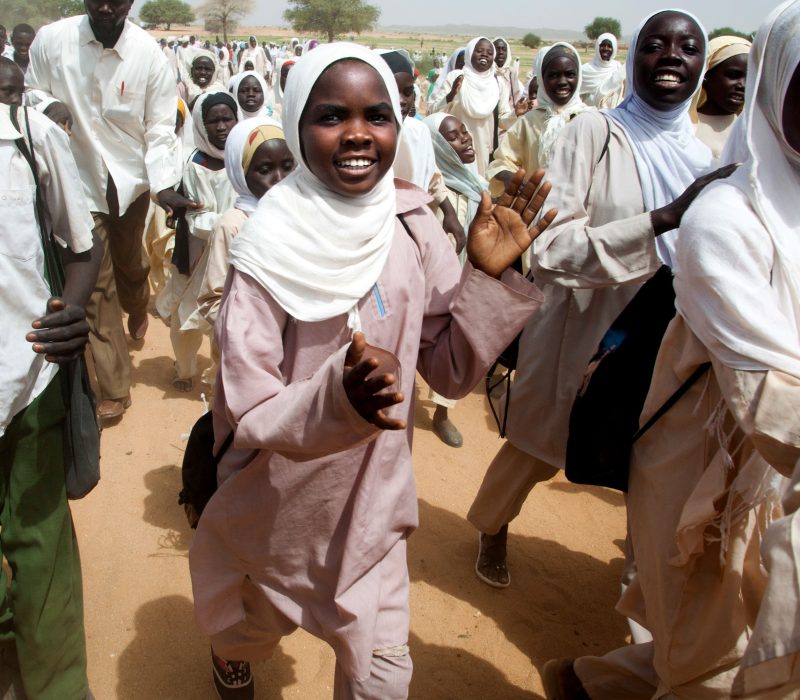
The Arabic of Sudan is a unique dialect of the Arabic language that is spoken in the country of Sudan. It is a variety of the Arabic language that has been influenced by the various languages and cultures that have been present in Sudan throughout its history. The most prominent influences on Sudanese Arabic are Nubian, Beja, and Fur.
Sudanese Arabic is a diglossic language, meaning that it has two distinct varieties: Classical Arabic and Sudanese Colloquial Arabic. Classical Arabic is used for formal occasions such as religious ceremonies, official documents, and literature. On the other hand, Sudanese Colloquial Arabic is used in everyday conversations and informal settings.
Sudanese Colloquial Arabic has several distinct features that make it unique from other varieties of the language. For example, it has a large number of loanwords from Nubian languages such as Fur and Beja. It also has some words borrowed from English and French due to the country’s colonial history. Additionally, there are some words borrowed from African languages such as Dinka and Nuer.
The grammar of Sudanese Colloquial Arabic also differs from other varieties of the language in several ways. For example, it uses different verb conjugations than Classical Arabic and also uses different pronouns for addressing people depending on their gender or social status. Additionally, it often omits certain letters when speaking quickly or informally which can make understanding difficult for those who are not familiar with the dialect.
Overall, Sudanese Colloquial Arabic is an interesting variety of the language that has been heavily influenced by its history and culture. It is an important part of Sudan’s identity and provides insight into its past as well as its present-day culture.

